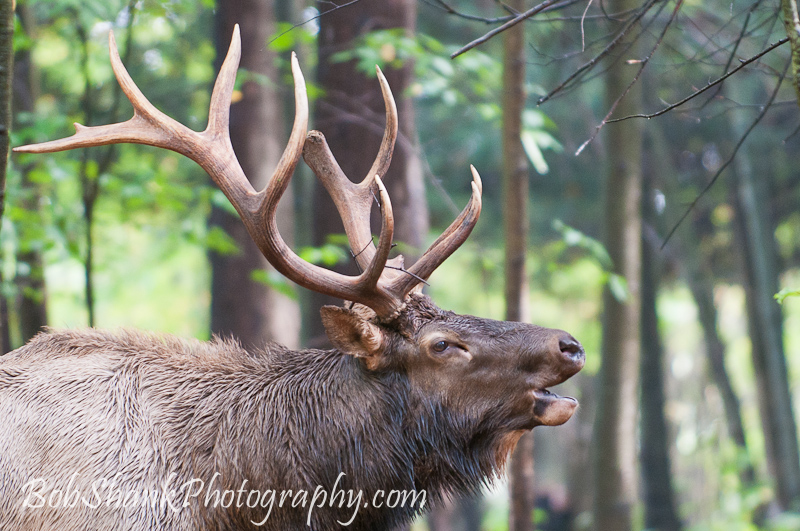Yesterday, I shared how to create a Photoshop action to create a Matte Frame Effect for your photographs. I am using this method for both my photo blog and, with slightly larger images, on Google+. The process is quick and simple once set up. However, I wanted to see if I could execute the process right from Lightroom instead of having to switch software programs manually. It worked!
I will explain this process, taking it one step farther, so if you have Photoshop and Lightoom, you will be able to replicate this for yourself. The goal is to make it easier to make photographs ready to share with others.

Here are the steps to using the effect from Lightroom. I am assuming you already created the action I shared in yesterday’s blog post. You should add another step to that action to have it automatically save the newly created framed photo. Do this by clicking on the last step of the action and then recording: File, Save As, Format=JPG, Save, and then click OK for the JPG option. (I allow the “copy” to remain the suggested file name) Now stop recording the Action. Then test the action in Photoshop to make sure it works properly.
Taking It One Step Farther…
Step 1 : Create a droplet in Photoshop by clicking on File, Automate, and Create Droplet. Choose the Desktop as the location to save the droplet, this way it will be easy to access for the next step. Choose the Action you created yesterday from the drop-down box. Then click the OK button. This creates a Droplet that now appears on your Desktop.
Step 2: Open Lightroom. From the Grid screen, click on Export in the bottom left portion of the screen. I previously created a User Preset, which sizes the image and sets other preferred options for exporting to my blog. You need to create such a preset for yourself.
Step 3: From your Desktop, right click on the newly created Droplet and choose Copy. Now go to Lightoom and from the Grid Display click on Export. Click on your newly created preset to use for this procedure, and go to the bottom and click the After Export: Option Box and choose Go to Export Actions Folder Now. Click on the Folder “Export Action” and right click and Paste. This puts the droplet into the Actions Folder in Lightroom so you can later delete the Droplet from your Desktop. Close this folder box once pasting is completed and go to the After Export option and click on the Option Box. You should now see the Droplet listed here. If not, close Lightroom and try again.
Using the Procedure:
Start Lightroom and go to the Grid Display and click on a photograph. Now click on Export. Then click on the User Preset you created and valla the process is executed and you just created a Matte Frame of that photograph! I created two different Actions and Presets–one for horizontal photos and one for vertical photos. I also created two different ones for when I want to post in Google+ since I use slightly larger images when posting there. I love this process because it makes posting photos quick and easy.
Again, this all sounds much more complicated than it really is in actuality. Follow the steps and get it to work for you. It is a great way to automatically set up images for sharing on a blog, Google+, or wherever.
If you have any questions about the process feel free to ask here in the comments. And let me know if you use this or a similar process when sharing your own photographs.




